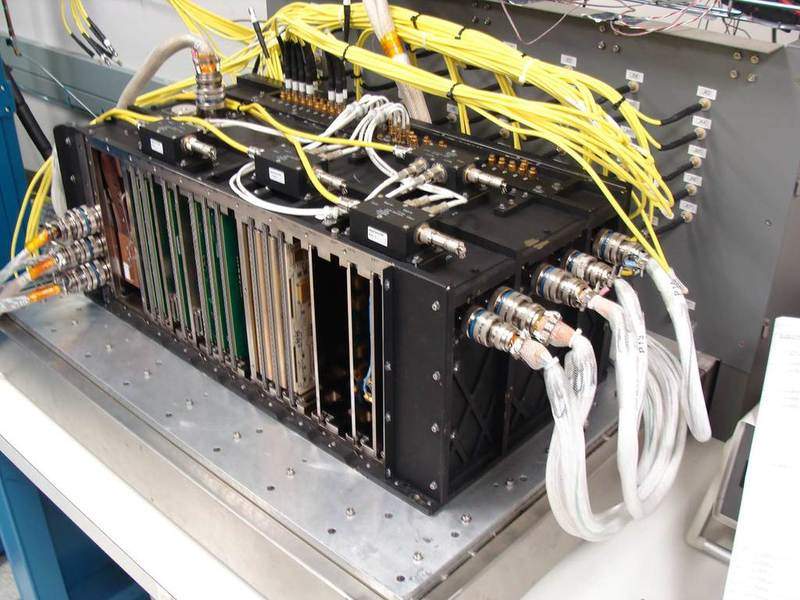
Harris has developed a fully digital mission data unit (MDU) for integration into navigation payload for the US Air Force’s (USAF) 11th and subsequent GPS III satellites.
The MDU has been designed to improve signal strength and built-in flexibility of the GPS III SV11+, Harris claimed.
The payload has been designed to ensure flawless atomic clock operations and to provide the clock signal for a new GPS III search-and-rescue (SAR) payload.
Harris Space and Intelligence Systems president Bill Gattle said: “This design is fully mature – an Engineering Development Model, not a prototype – and is ready to be inserted into GPS III SV11+.
“The payload has the flexibility to serve the warfighter over the entire mission life and can be upgraded incrementally over its mission life due to built-in adaptability.”
The new Harris SV11+ navigation payload is claimed to facilitate a smooth transition to the USAF’s GPS OCX ground control segment.
How well do you really know your competitors?
Access the most comprehensive Company Profiles on the market, powered by GlobalData. Save hours of research. Gain competitive edge.

Thank you!
Your download email will arrive shortly
Not ready to buy yet? Download a free sample
We are confident about the unique quality of our Company Profiles. However, we want you to make the most beneficial decision for your business, so we offer a free sample that you can download by submitting the below form
By GlobalDataThe Harris payload for the first ten GPS III satellites already has been verified for OCX compatibility.
It reduces range error by thrice and increases anti-jamming power by up to eight times when compared to current GPS. It also offers added signals, including one compatible with other Global Navigation Satellite Systems (GNSS) and greater signal integrity, Harris stated.
Harris said it developed payloads for the USAF’s operational Block I, II, IIA, and Block IIR replacement payloads.
The Block IIR / IIR-M Total Navigation Payload was designed to operate in a radiation-contaminated environment and it currently provides precise three-dimensional position, time, and velocity information on a 24-hour worldwide basis.



